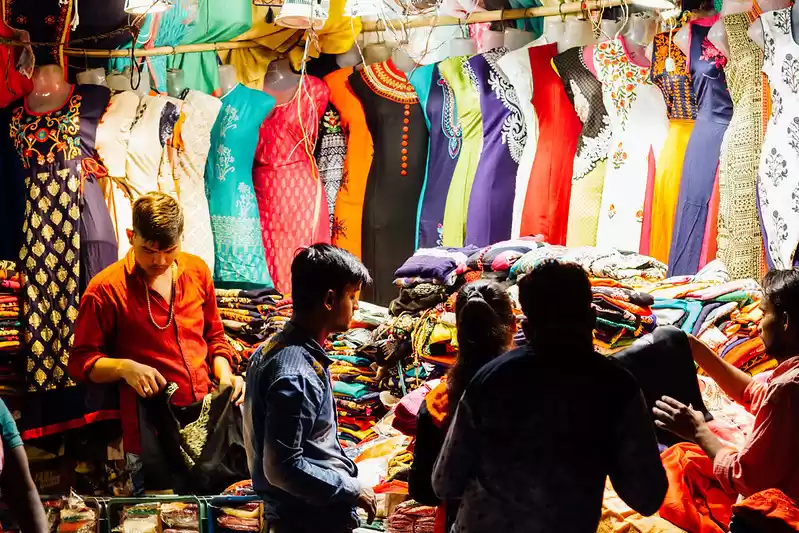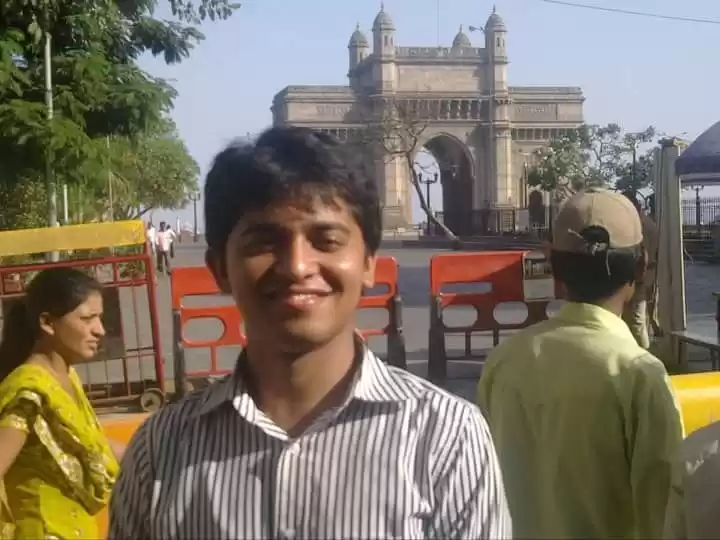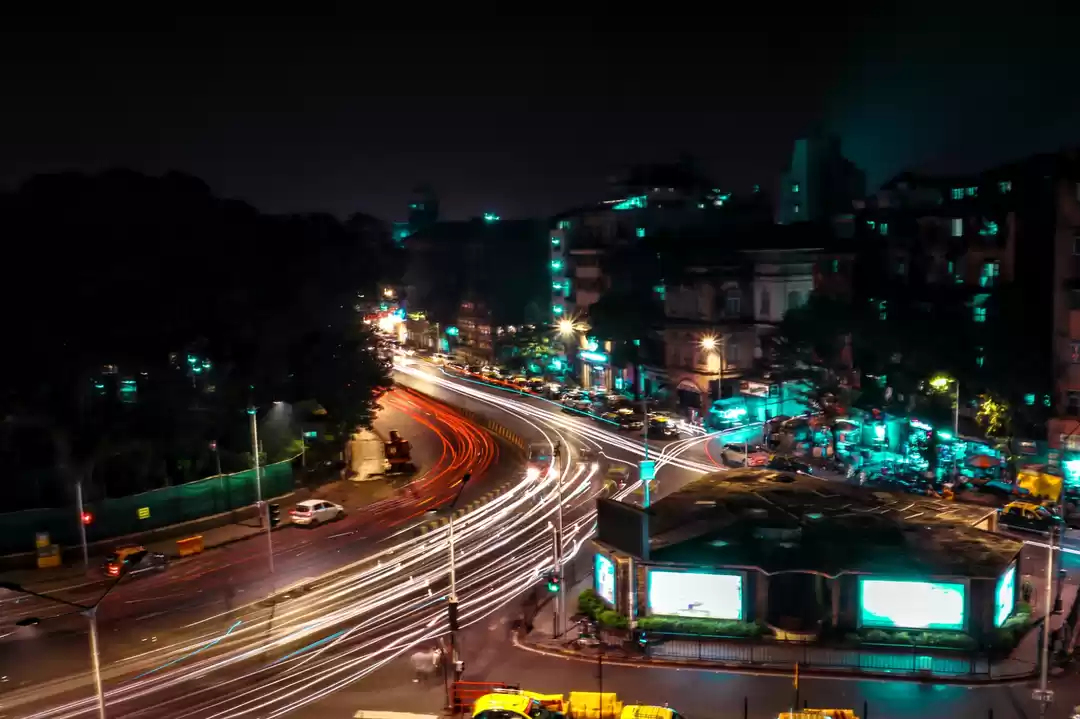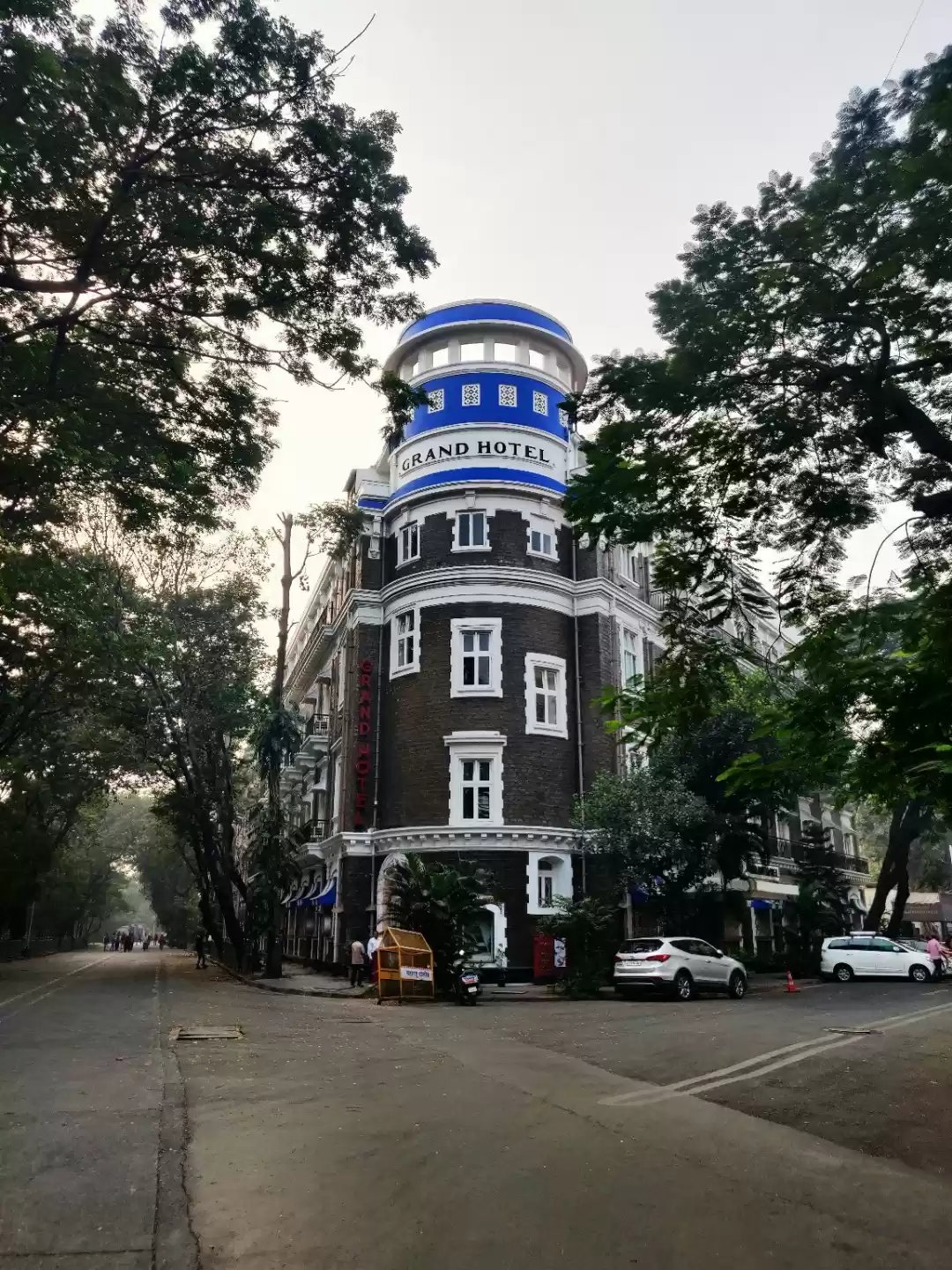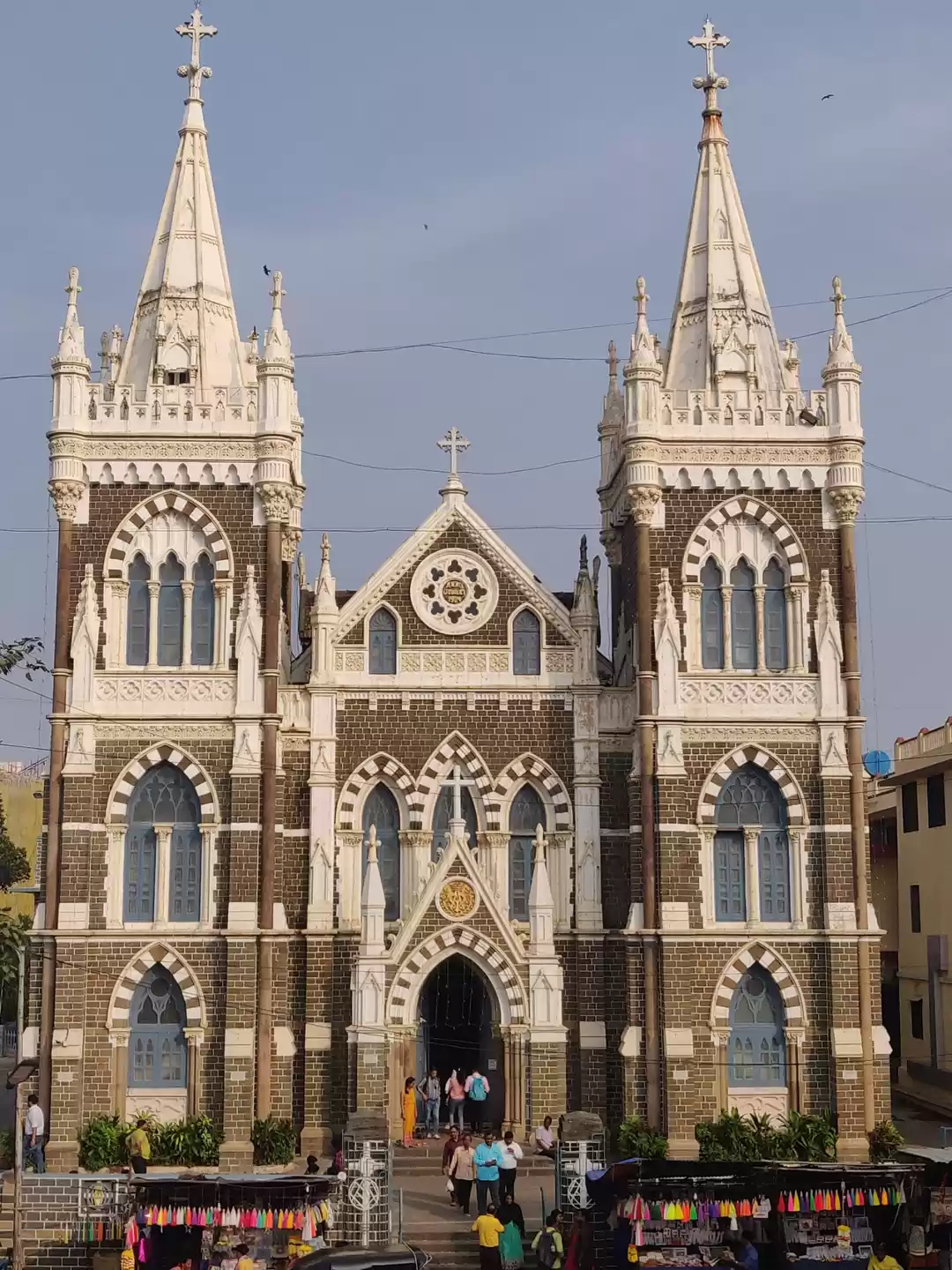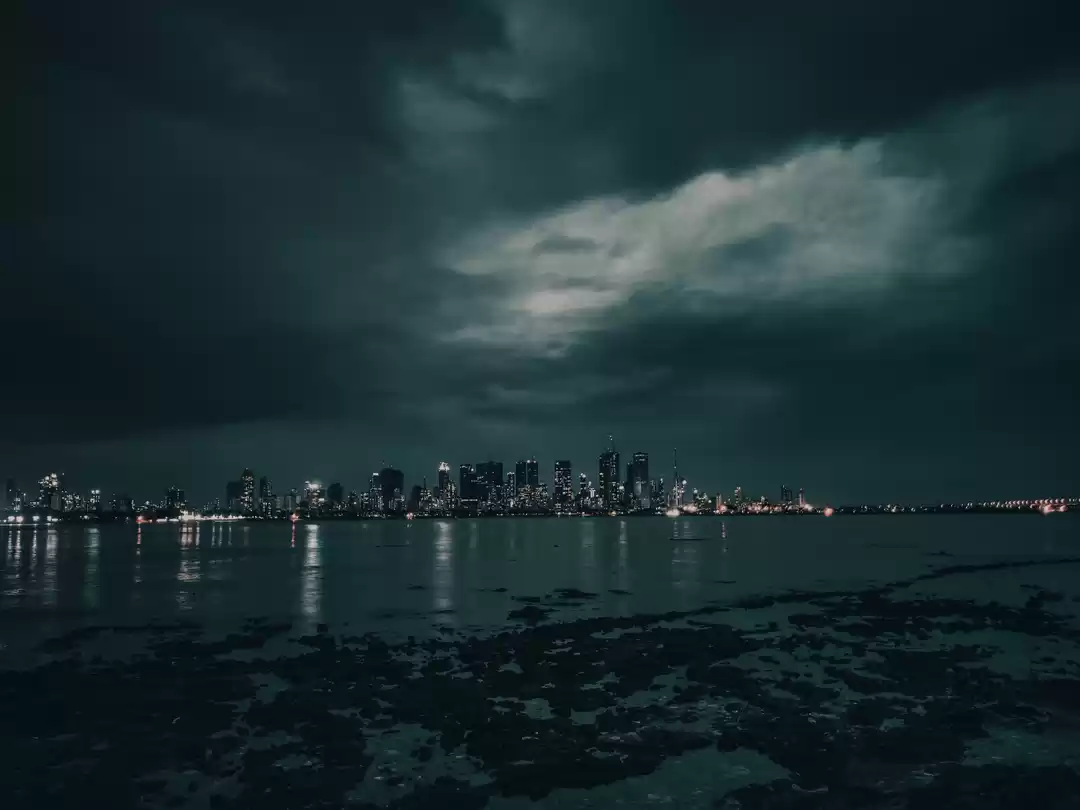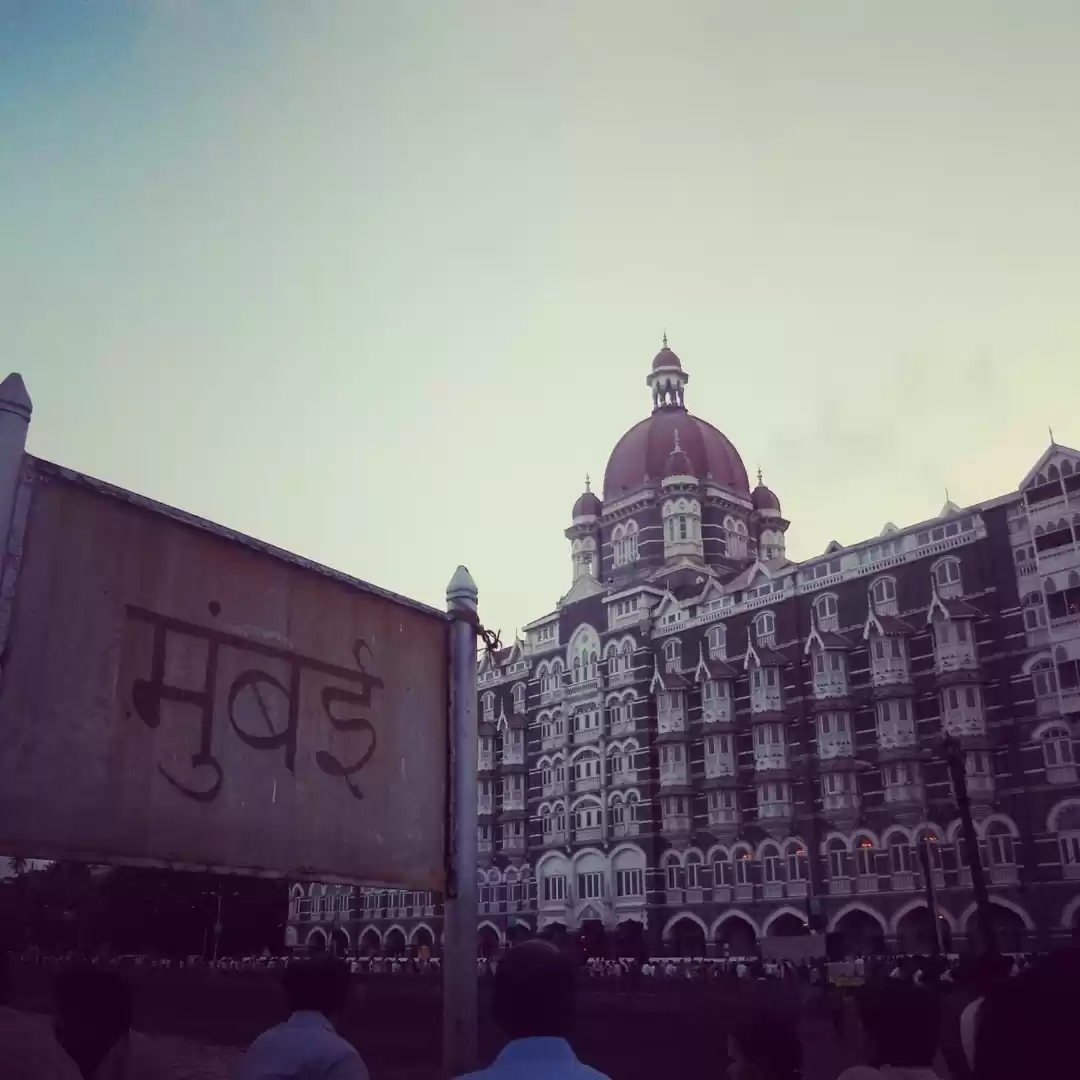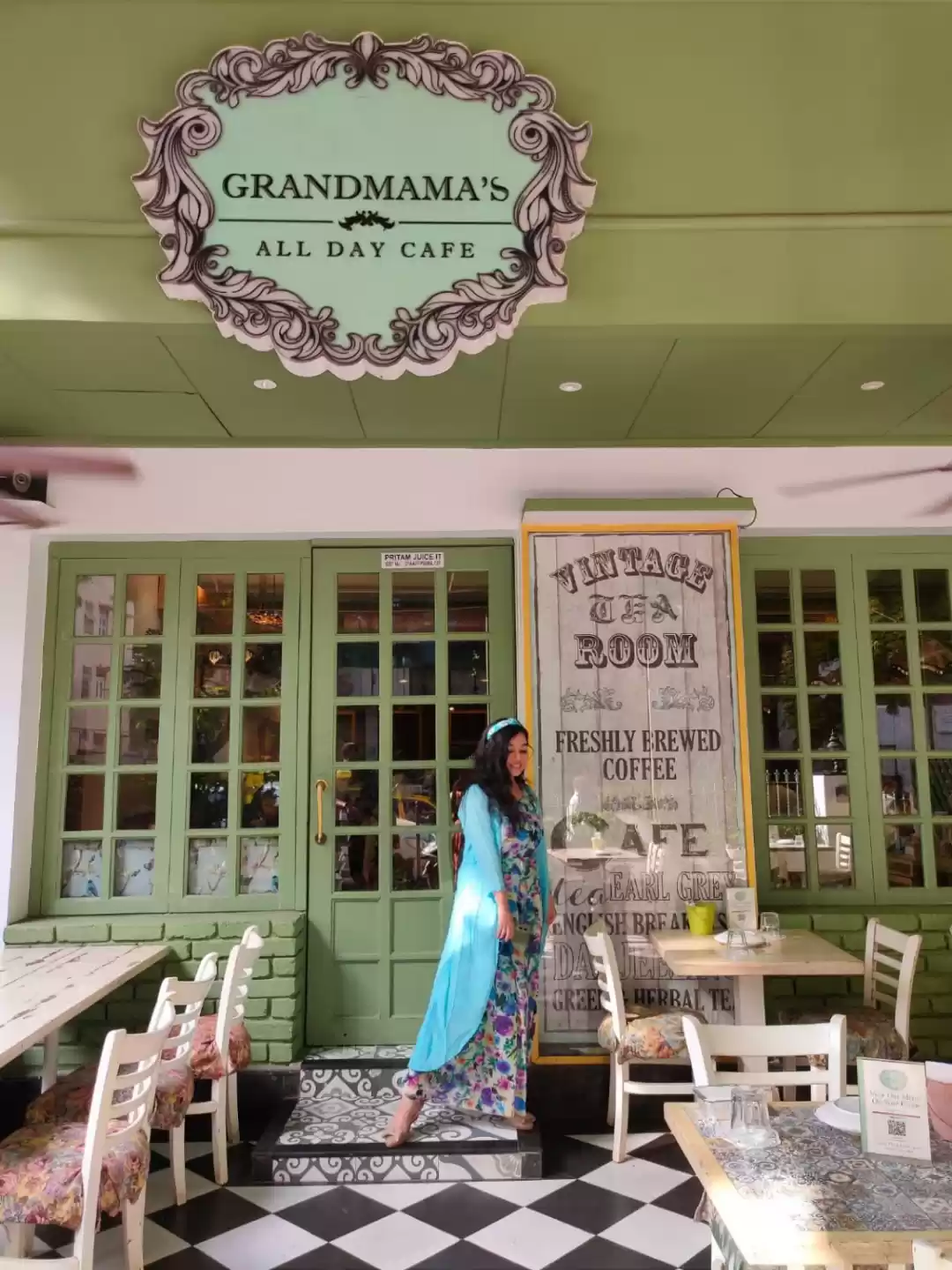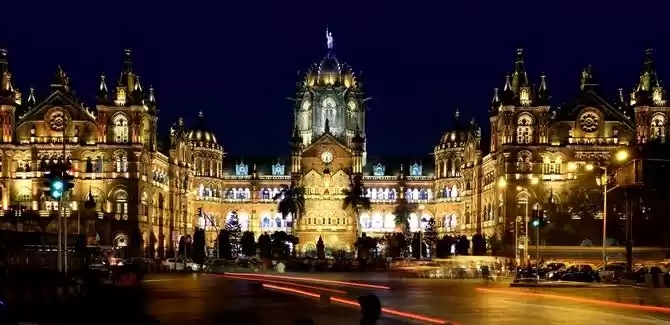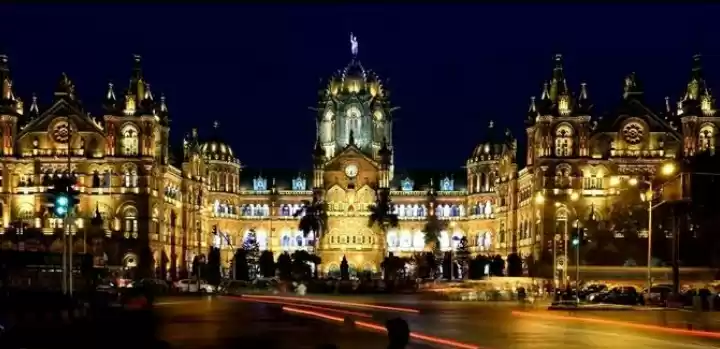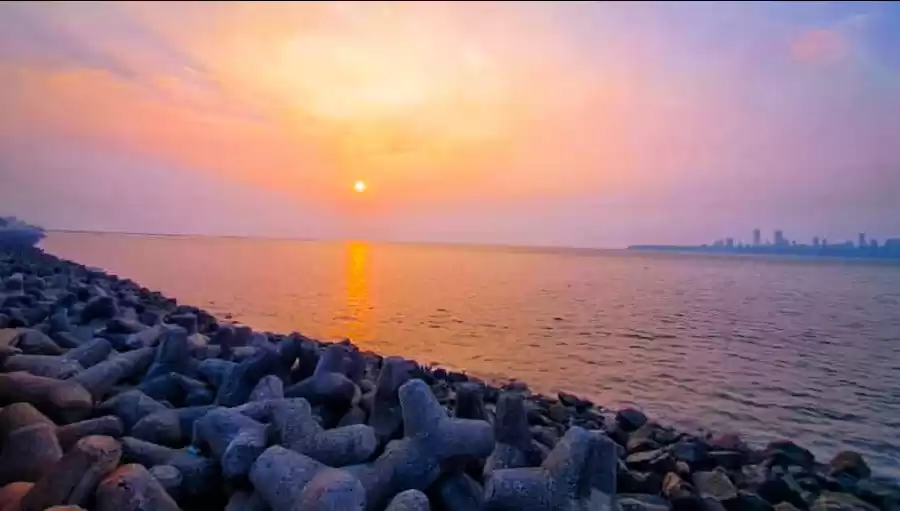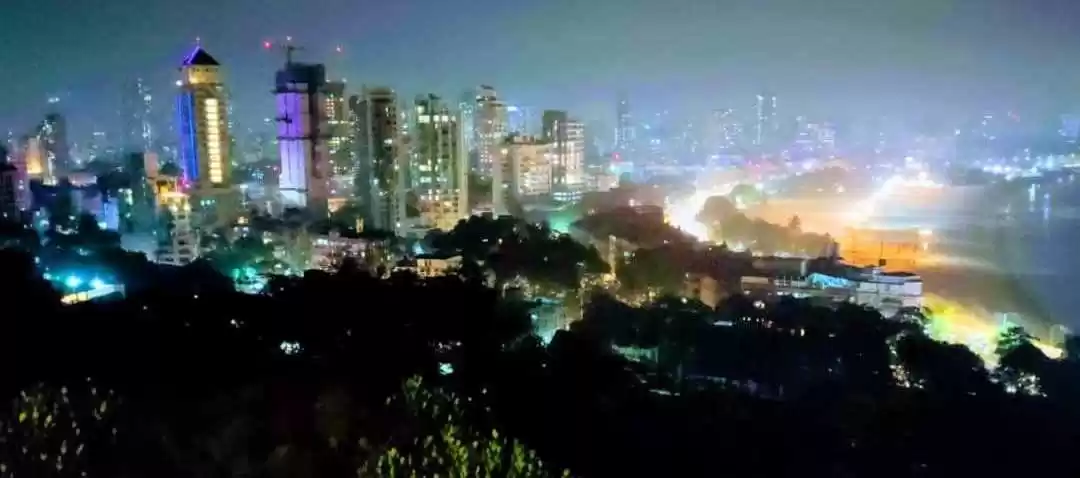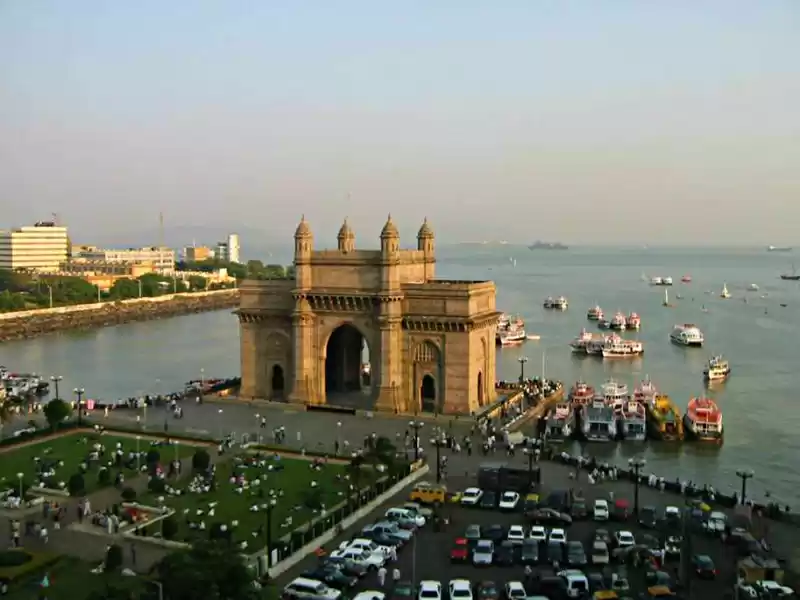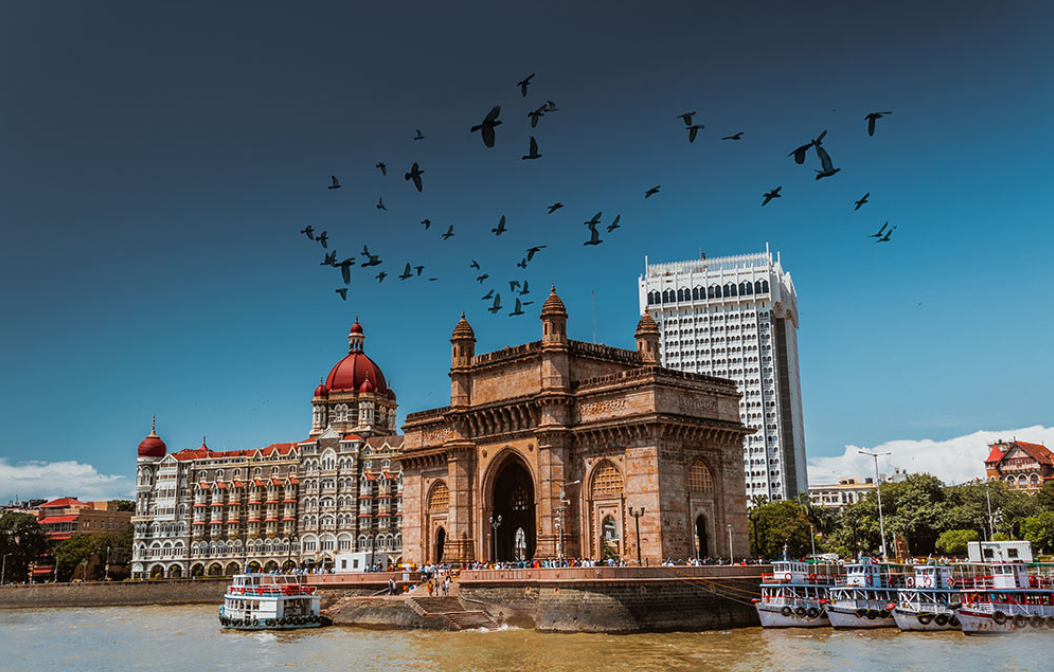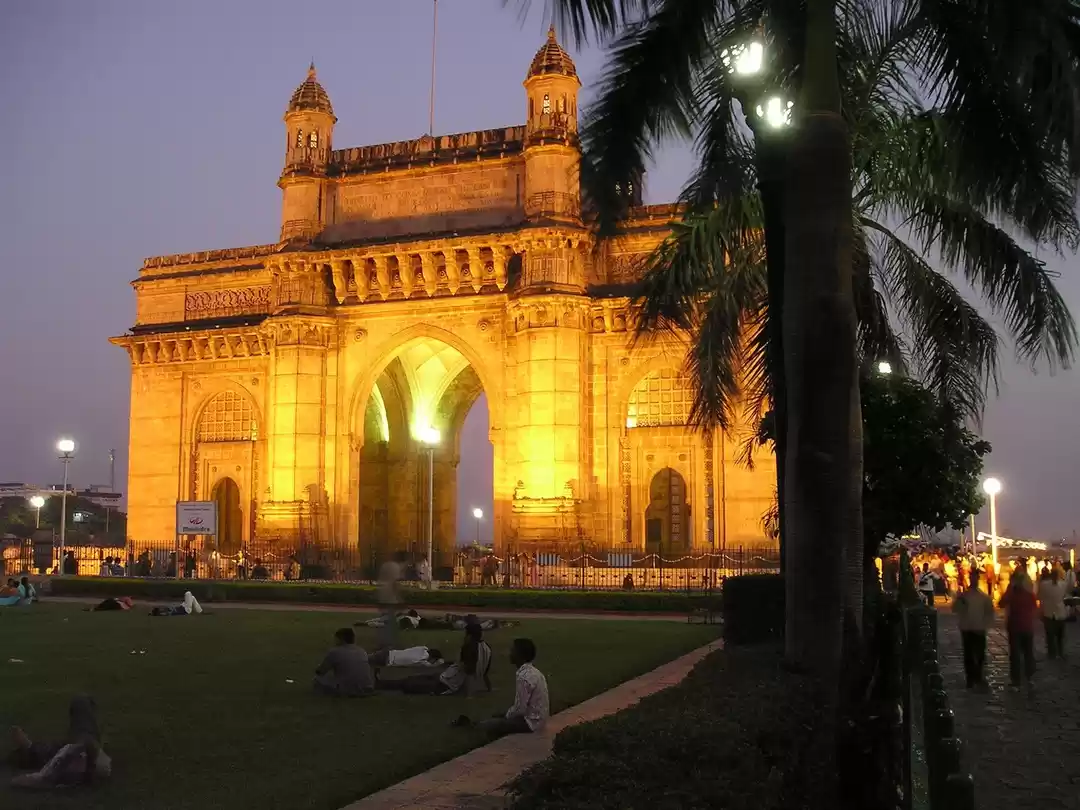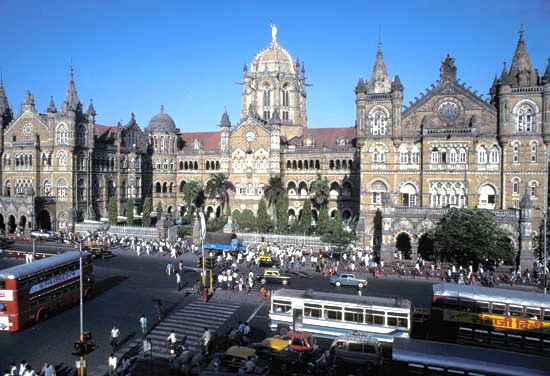
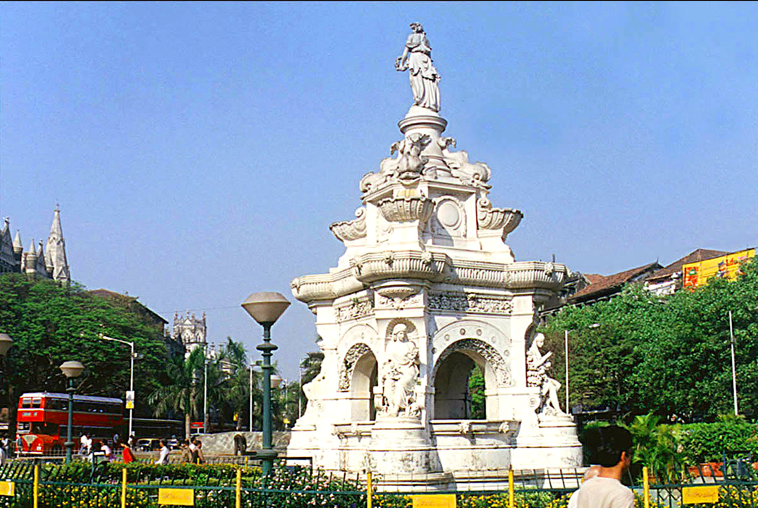




Charles II wasn’t sure where his wedding gift was located and he didn’t really care too much for it. So when the British East India Company approached him for possession of the islands he was more than happy to lease them to the Company. By 1668 all seven islands of Bombay were under the control of the British East India Company and thus began the herculean task of developing the Company’s newest asset. After completing the task of fortifying the town from sea borne invasion the next job at hand was to stamp their authority on the local inhabitants and what better way to do so than by constructing buildings that epitomised might, authority, imperialism and power. Soon structures began popping up all over the ‘new’ town to serve some purpose or the other. A Cathedral to pray in, Town Hall to conduct civic activities, a University to educate, a mammoth station that is the finest creation of the architect F.W. Stevens and, most notably, an archway to commemorate the visit of their Imperial Majesties. It was under the guidance of great British Governors like Lord Mountstuart Elphinstone that the arts were promoted and scholarly debate was established.
This historic walk takes you into the heart of the old ‘Fort’. Explore the ‘White Town’ or the European half of the old town that existed within the Fort walls.
The walk begins at F.W.Steven’s gothic masterpiece, the grand Chatrapati Shivaji Terminus also known as the Victoria Terminus. Chhatrapati Shivaji Terminus (CST) is popular railway station and is a spitting image of Victorian-Gothic style of architecture in India. Located in the heart of Mumbai, the CST is also a 'World Heritage Site' declared by UNESCO in 2004. Built in 1888, the station is the grand reminder of the British Raj pre-independence and is still one of the most historical landmarks within the Central Business District (CBD) of Mumbai. A bustling terminus, the CST is well-connected by rail to all parts of the country. It stands as the final result of great industrial revolution technology, merged with Victorian/Gothic revival styles based on late-Italian model architecture. The structure represents the heart of the mercantile facet of the city and also symbolizes the British Commonwealth. Apart from being Victorian-Gothic in architecture, parts of this grand edifice also contain remnants of Mughal styled architecture. An outstanding example of the late 19th century designs, the CST is associated with the city of Mumbai since time immemorial. The city flourished, businesses boomed and a thriving film industry grew, with the Chhatrapati Shivaji Terminus being the core witness to it all.
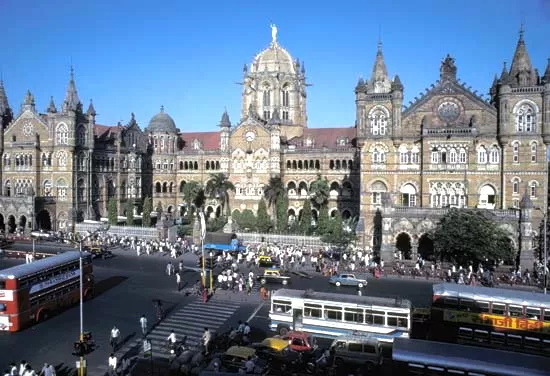
Then walk down D.N.Road, also called the Heritage Mile of Mumbai, while admiring one of the oldest parts of the city(almost as old as the city itself) which even today is reminiscence of it colonial past and make your way to the ornate Flora Fountain. Here take a minute to soak in the atmosphere of one of the busiest precincts’ of Mumbai.

Next just a hop, skip and jump away lies the historic art district of Kala Ghoda with its many Gothic buildings and numerous art galleries creating a charm that is unmatched in Mumbai

Move onto the Oval Maidan where in a great phalanx lie the Old Secretariat, University Library and Convocation Hall, High Court building, the old PWD building and Telegraph Department, a truly imperial vision like a fleet of massive stone battleships, monolithic, awe-inspiring and supremely self confident. Once they faced out across the sea in silent tribute to the naval power that built them. As a group they coalesce to form an impressively romantic skyline and they bequeathed an identity and style to the city that is unique to Mumbai.
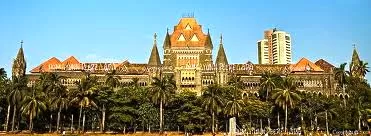
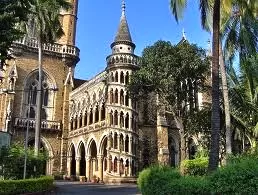
Finally take Veer Nariman Road (the former Churchgate Street) down to Marine Drive to enjoy a fantastic view of the Art Deco Skyline that has become an identity of Mumbai the world over



